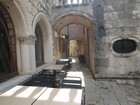
IMG_4968 - On the east side, curved streets block the cold, gusty bura, which comes from the north-east across the Strait of Pelješac.
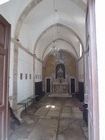
IMG_4970 - Church of Our Lady (Crkva Gospojina) built in 1483 as a chapel belonging to local, noble, Gabrielis and Ismaelis families.
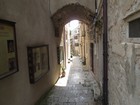
IMG_4973
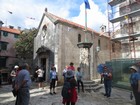
IMG_4974 - The outside of the Church of Our Lady, and a medieval column of coats of arms in its original state, unrestored.
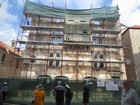
IMG_4975 - This 16th century Renaissance-styled Gabrielis Palace, now houses the Korčula town museum.
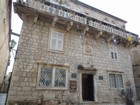
IMG_4976 - This was the bishop's palace in 1515. It would have had the kitchen on the top floor for light, and fire safety.
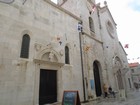
IMG_4977 - The Gothic-Renaissance styled St Mark's Cathedral was constructed over an old, 13th century church, to serve a new diocese.
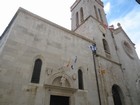
IMG_4978 - On the highest point of the peninsula, its tall, bell tower symbolized the town centre for urban development.
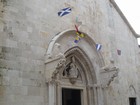
IMG_4979 - Construction took place through the entire 15th century, by many stone masons; the most famous being Marko Andijic.
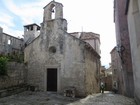
IMG_4981 - To the left of this Church of St Peter is the house that some believe to be the birthplace of Marco Polo.
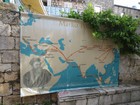
IMG_4982 - After 17 years travelling in China, Marco Polo dictated the book "Il Milione", better known as "Travels of Marco Polo".
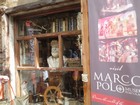
IMG_4985 - The Marco Polo Museum tells the stories of those travels